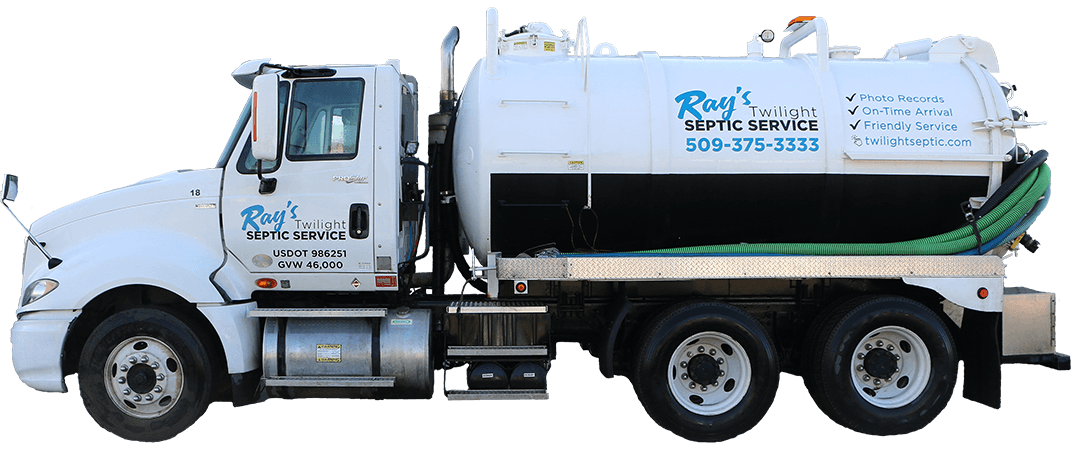First, why should you maintain your septic system?
Perhaps the most important reason for regular septic maintenance is the health of your family and the environment. Raw sewage harbors bacteria and viruses that can make people ill, or worse, and contains chemicals that can harm the natural ecosystem. A failed septic system can let untreated sewage get into groundwater, nearby streams or bodies of water, wells, and other places that people get their water or spend recreational time.
Another reason to maintain your septic system is money. Neglect or improper septic maintenance can lead to a failure of your septic tank, which could end up costing thousands of dollars. Regular septic maintenance can save you a lot of money, costing only a few hundred dollars to keep your septic system operating properly.
One last unfortunate bit of collateral damage due to a failed septic system is the livelihood and vitality of your local community. Pollution of water sources can have devastating effects on the health and economy of the area. Industries like fishing, recreation, and tourism can all feel these negative effects.
Finally, how do you maintain your septic system?
Maintaining your septic system will require routine pumping as well as occasional maintenance or small repair. In the long run, a little upkeep goes a long way toward protecting your property and the environment, while keeping your family safe from the unhealthy side effects of a failed septic tank.
Before you can pump your septic tank, you’ll need to know where it is on your property. Knowing exactly where your septic system is can be difficult, but you can get a lot of information by contacting your local health department and requesting a copy of your septic system permit. This permit will include the location and size of your tank and might even include a diagram of the actual installation. You’ll want to keep this in a safe place for future reference.
If you don’t have a full diagram, it may be good to make one. Do this by drawing the location of your tank and septic drain field in relation to reference points on your property like your driveway, house, water well, or any other permanent features like trees. To find the exact location of your tank, look for where the sewer pipe enters the ground, and use a small steel rod to gently push into the soil roughly 5 to 10 feet away from the house.
You should always contact your local utility providers to ensure there are no underground utilities running through your property as well before doing any digging.
The next time you have a septic system pumping done, record the distance from your house to the manhole cover, and consider marking the location with a landscape feature that would be easy to move the next time you need access.

